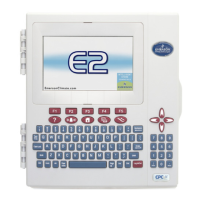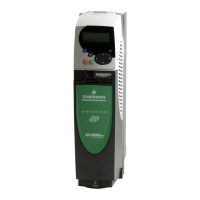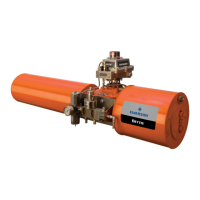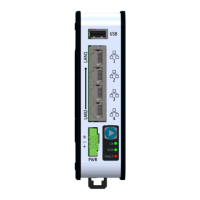©2017 Nelson Heat Tracing Systems
GA2497 Rev.5
6
Installation and Initial Set up CM-2201/CM-2202
3.1
Installation
The CM-2201/CM-2202 must be installed only in areas for
which it has been approved and in accordance with all
applicable electrical codes and ordinances. All conduit
entry
holes must be appropriately installed and sealed to
maintain
ingress protection rating.
Do not install this unit prior to functional testing if shipping
container or internal packaging shows signs of damage.
Notify the appropriate individuals immediately if damage is
suspected.
3.2
Selecting Installation Location
The CM-2201/CM-2202 should be installed in an area
protected from the elements as much as possible. It is
possible to install the unit in unprotected areas but such
often limits maintenance/access. Further, installation in
unprotected areas must be carefully considered to ensure
it
is always in operating conditions consistent with
specifications. See Appendix A for additional details.
3.3
Mounting
The CM-2201/CM-2202 should be mounted at a
convenient
height to suit operator interaction. Conduit
entries should
be made in the bottom of the enclosure to
prevent damage to
the internal electronics from moisture
intrusion. Conduit
entries should be drilled and the use of suitable bushings is
required to maintain the environmental ratings.
3.4
Wiring
Electrical wiring diagrams and schematics are provided in
Appendix B and C of this manual. Ensure that all wiring
and connections are in accordance with applicable wiring
codes. Enclosure grounding must be in accordance with
applicable wiring codes for non-metallic devices.
The power supply for the CM-2201 is derived from the
power provided for the load. However, the power supply
for the CM-2202 can be provided independent of the
power supply for the loads being controlled. For
example, the power supply for the CM-2202 can be 120
VAC while the loads being controlled can be 277 VAC.
Further, the power supply for the CM-2202 may also be
derived from either of the loads being controlled – this is
implemented by connecting appropriate jumpers.
Refer
to Wiring Diagram in Appendix B for details.
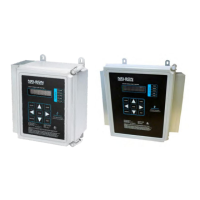
